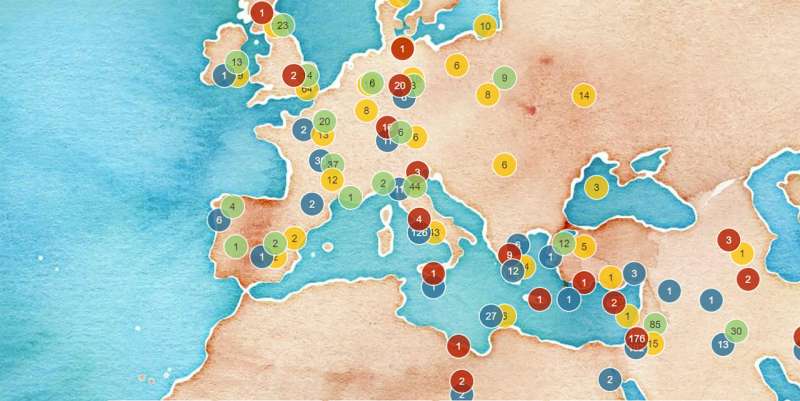New open access database for medieval literature

The new Norse World database will make it easier for researchers to study perceptions of the surrounding world in Medieval Scandinavian literature. The new tool is a digital resource aimed at researchers in fields such as language history and philology, comparative literature, manuscript studies and digital humanities. It is freely available to researchers and the public.
Spatial humanities and cognitive mapping are growing fields within digital humanities, but the study of spatial thinking in medieval Scandinavia and its development as an area of research are hampered by a lack of information on place names and other spatial references in literary texts.
Scandinavian Medieval literature is a mine of information on how foreign lands were visualised in the Middle Ages: What places were written about and where? Are some places more popular in certain text types or at certain times? How do place names link different texts? Is there a shared concept of spatiality? How is space gendered?
"Any research aiming to uncover what pre-modern Scandinavians understood about places abroad requires as a minimum an index of foreign place names in Swedish and Danish literature from the Middle Ages. Yet, to date, no such index exists. With the release of Norse World, an important tool is being made available for the first time that makes research on the perception of the world among pre-modern Swedes and Danes possible for the first time," says Alexandra Petrulevich, Researcher at the Department of Scandinavian Languages, Uppsala University.
The new tool consists of three main components: a bespoke MySQL database, Norse World—an interactive map, and an independent back-end application that enables access to the database when users search the map resource. All three components use open-source code which enables them to be built into larger infrastructure clusters. The tool is both a scientific and technical first with no equivalent in what has previously been done in philology and linguistics.
More information: www.uu.se/en/research/infrastructure/norseworld/
Provided by Uppsala University



















